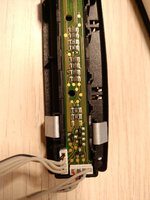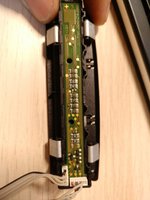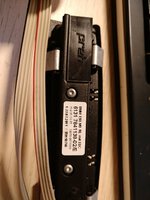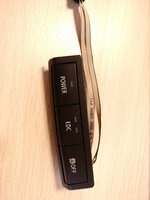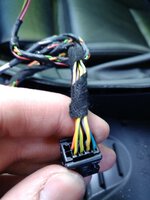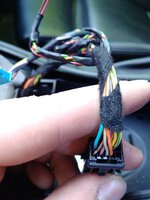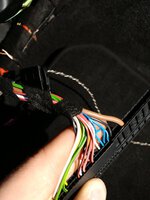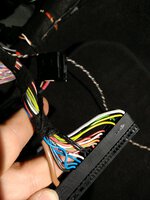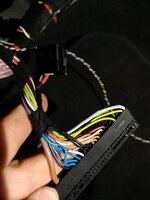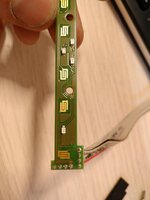It works by sending a move driver's seat back job when Terminal R is switched off and then the door is opened. It essentially emulates the top seat movement button for 3s.
You then exit the car, close the door and lock it. When you unlock, the seat moves back to the last memory position.
The feature is disabled if the move seat back option isn't ticked on iDrive.
Indeed it's not fully reliable since I cannot control memory settings directly or at the very least I haven't found a way to.
For example, if you turn Terminal R off, open the door, close it back and start the car, the seat will still be in the EXIT position.
I'm adding the 206 message file in the next commit. See here the contents of it:
Code:
16:19:27.844 -> Standard ID: 0x206 DLC: 2 Data: 0x86 0x3E // Each one of these messages turns on one segment including reds
16:19:28.013 -> Standard ID: 0x206 DLC: 2 Data: 0x86 0x3E
16:19:28.115 -> Standard ID: 0x206 DLC: 2 Data: 0xB6 0x00 // Turns on segments sequentially all the way
16:19:28.251 -> Standard ID: 0x206 DLC: 2 Data: 0xB6 0x00
16:19:28.421 -> Standard ID: 0x206 DLC: 2 Data: 0xB6 0x00
16:19:28.930 -> Standard ID: 0x206 DLC: 2 Data: 0x05 0x00 // OFF
16:19:29.099 -> Standard ID: 0x206 DLC: 2 Data: 0x05 0x00
16:19:29.235 -> Standard ID: 0x206 DLC: 2 Data: 0x05 0x00
First nibble of the byte specifies speed of operation. 0-F, F slowest
Second nibble is the operation.
Operations:
2, 6, 0xE Sequence,
5 OFF
0xA Flash
Sequential: 0xB6, time between segments (higher number, slower actuation)
It's exactly how
@RSL described it.
Glad you like, next commit will bring NBT emulation. So far, the idea has been to use a separate KCAN2 bus from an MCP2515 shield. I am working on trying to reduce the CAN speed on Jacinto to 100kbps. If I manage to do that, it will be glorious since there's no real overlap of messages between BN2010 and BN2000.



